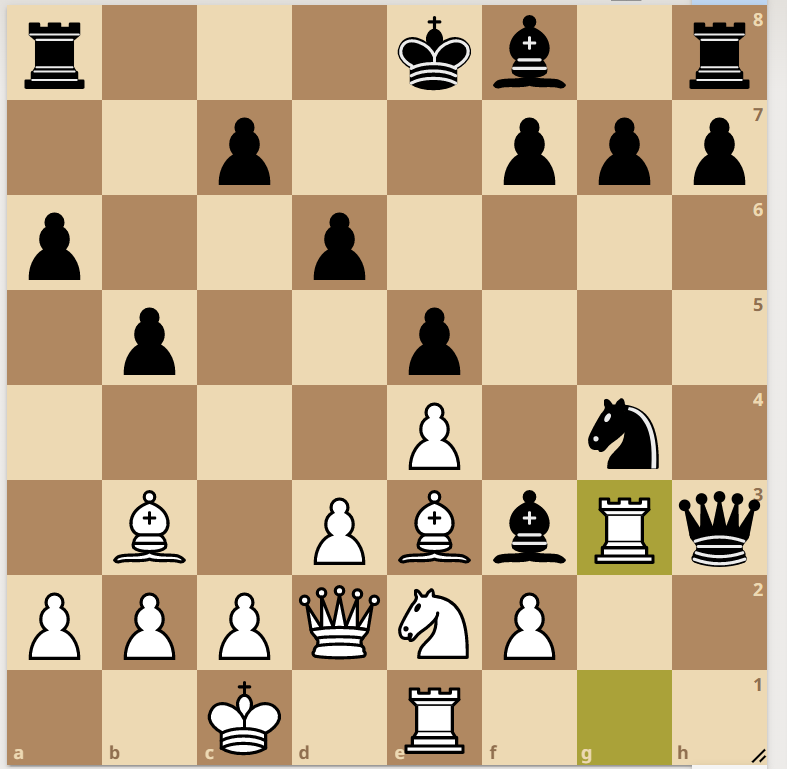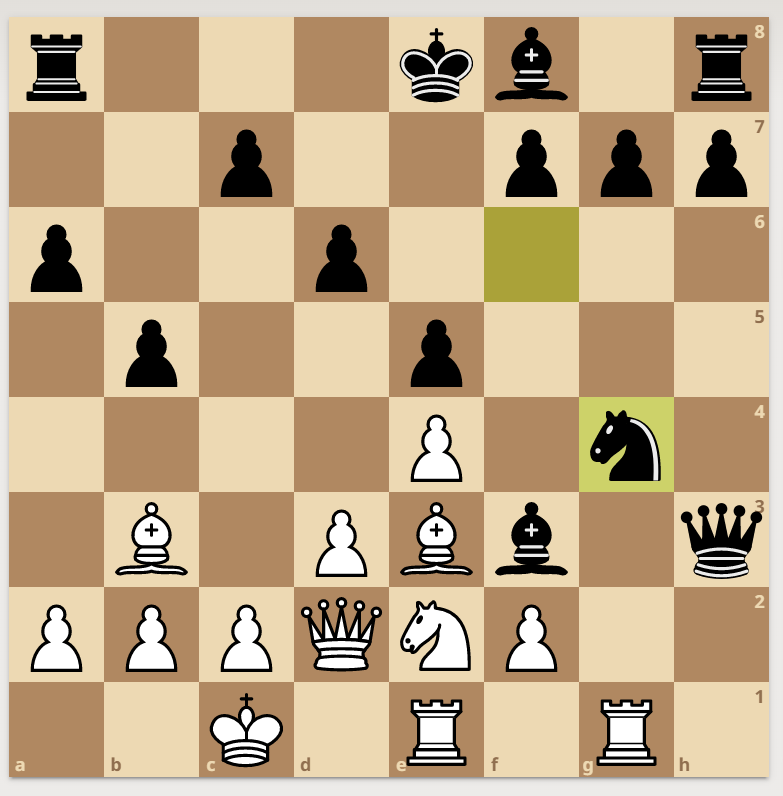Keep a strong pawn structure
The Chess Tactic of the week is “Keep a strong pawn structure.”
What is a pawn structure?
A pawn structure defines the placement of all pawn pieces on the board, ignoring all other pieces. In the fictionalized game below, the pawn structure is shown on the right.


What are the benefits of a strong pawn structure?
Pawns, though the weakest piece in the game, when structured properly can overwhelm much more powerful pieces. However, with a weak formation pawns can be easily picked off. And often the difference of just one pawn can make or break your end game.
How should I organize my pawn structure?
The general rule of thumb when it comes to pawns is that they are stronger together and weak apart. Below are some fundamental tips to keep in mind when structuring your pawns. These pieces of advice are best practices, and though they don’t apply in all circumstances, they can help to elevate your game to the next level.
Prevent the creation of isolated pawns
An isolated pawn is defined as a pawn that no can no longer give or receive protection from other pawns. Consider a common example below. Starting on the left, the black bishop attempts to pin the white knight. To disrupt the pin, white pushes the h-pawn forward and black obliges by capturing the white knight (center). White must re-capture with either the Queen (which is recommended) or with the pawn. Capturing with the pawn creates an isolated pawn on the h-file and a set of doubled pawns on the f-file (right).



Avoid doubled pawns (especially in your end game)

A doubled pawn formation, a name quite self-explanatory, is when two pawns occupy the same column. In the previous example, re-capturing with a pawn would create a set of doubled pawns. Doubled pawns, are extremely weak in end-game formats and should be avoided if possible. Consider the king-pawn endgame to the right. Both white and black have the same number of pawns (2) but blacks’ position is clearly winning. Black’s e-pawn can prevent both white pawns from advancing, while the a-pawn is free to advance down the board.
Create pawn chains

A pawn chain is an uninterrupted link of pawns placed upon the same diagonal. Correctly employing pawn chains will allow a player to scavenge deep into their opponent’s territory while maintaining security much closer to home. Pushing pawns into your opponent’s side of the board will simultaneously open-up your position while limiting your adversaries options. See the game below on how a stable pawn chain can threaten can quickly threaten white’s defenses.
Next time we will discuss the Fianchetto. Deploy your pawns well!











